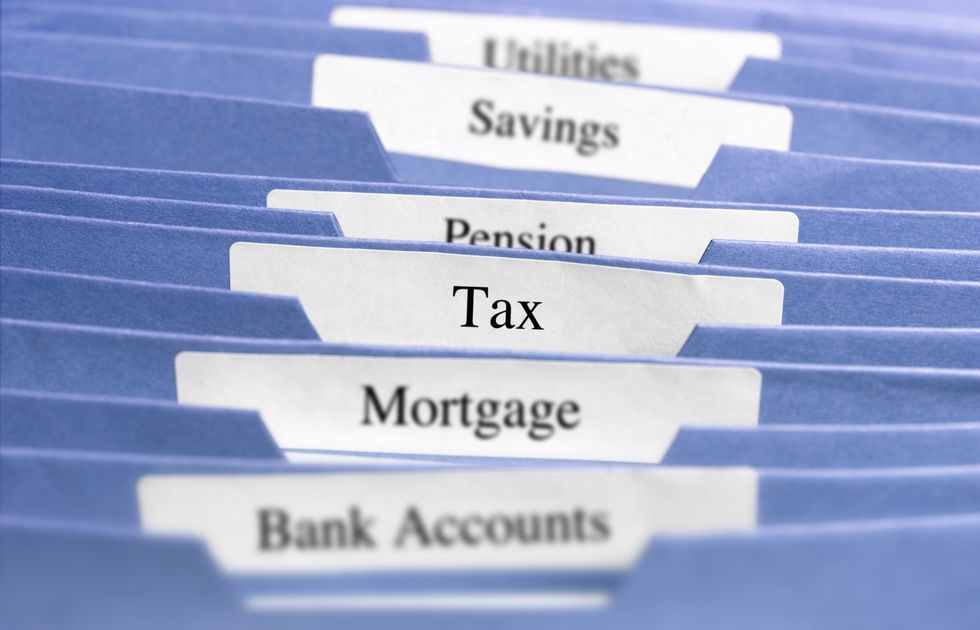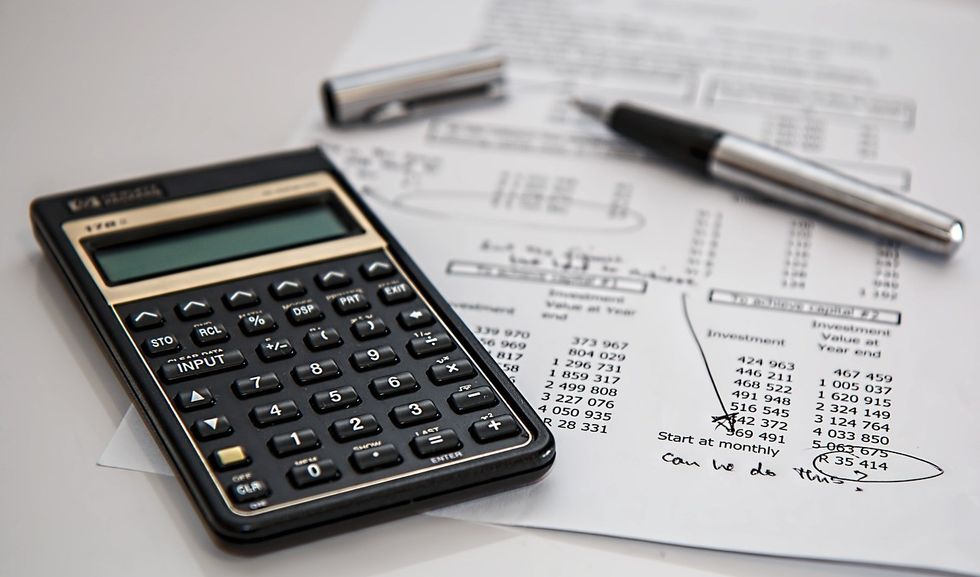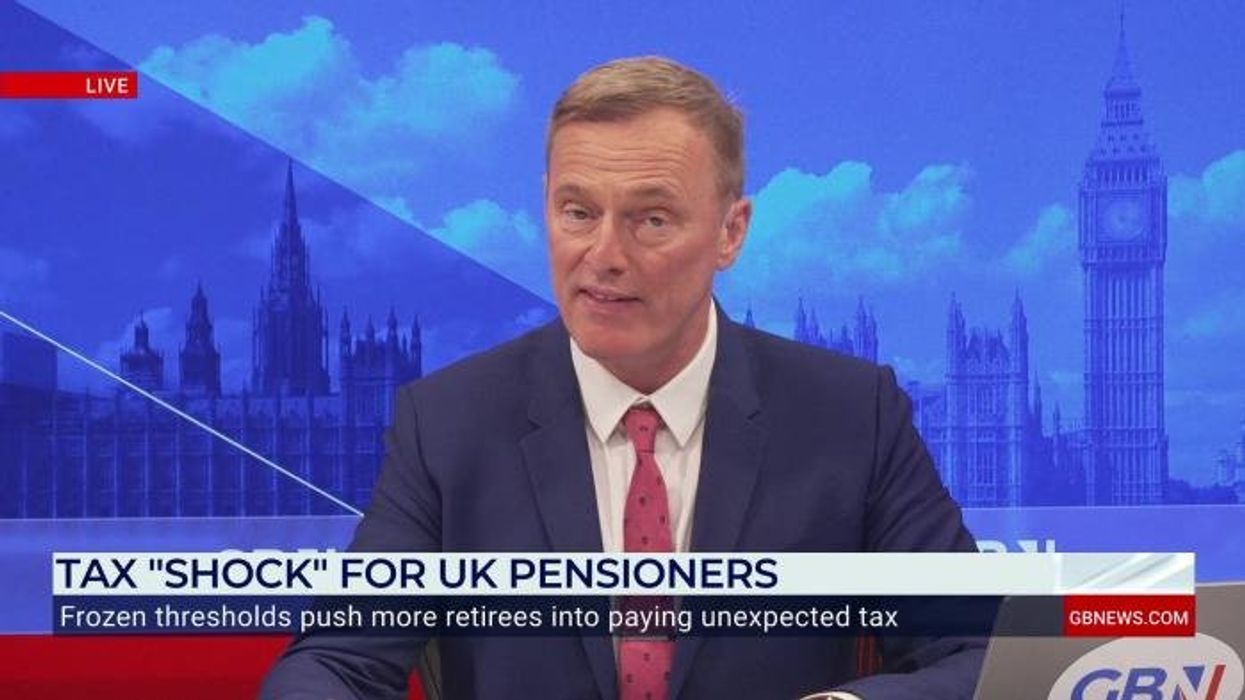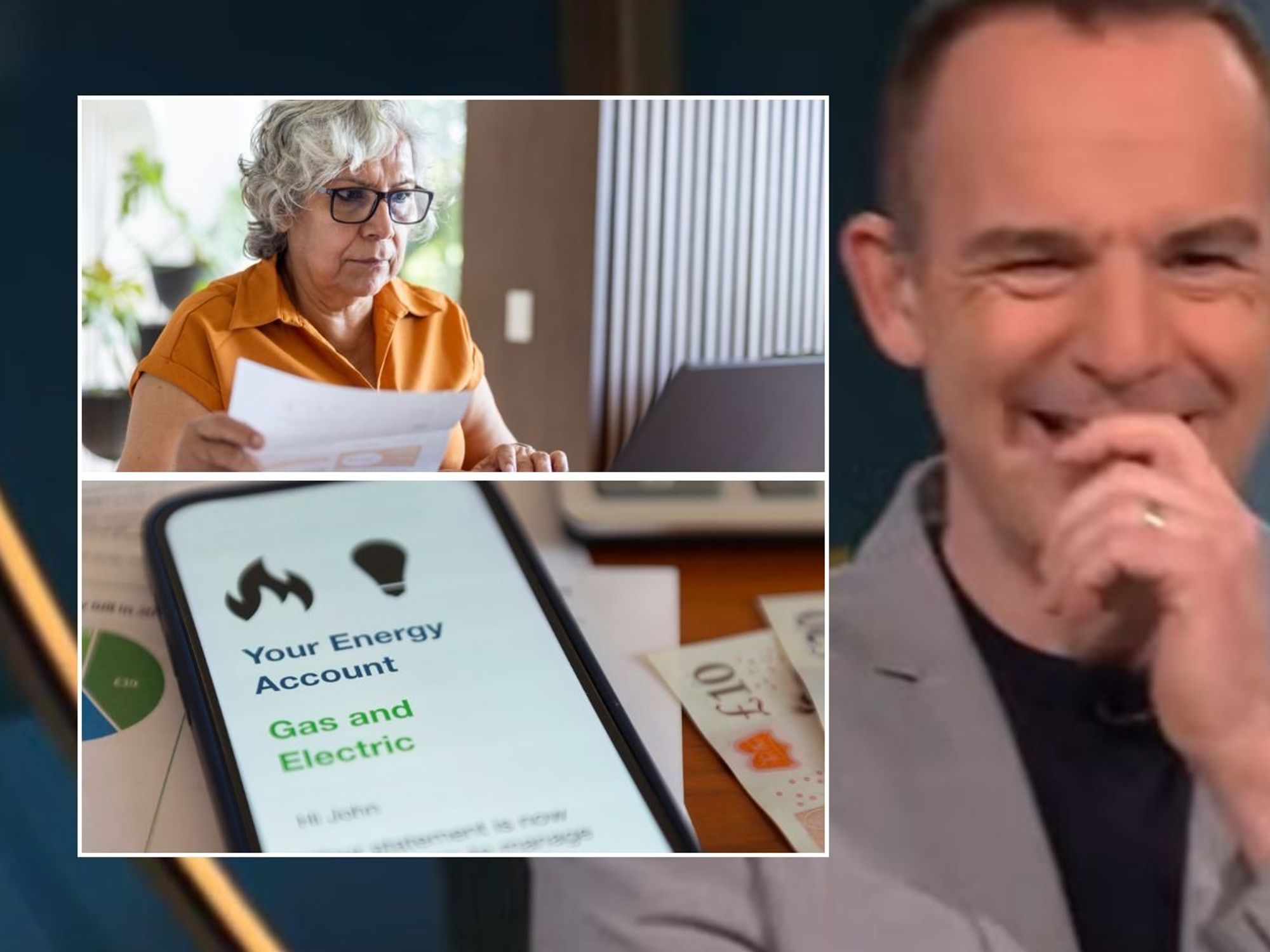State pension warning as thousands of retirees caught in 'punishing' 60 per cent tax trap

A record 77,000 pensioners are now caught in the 60 per cent tax trap as frozen thresholds push more retirees into higher tax brackets
Don't Miss
Most Read
Thousands of retirees are being hit by what experts call the "punishing" 60 per cent tax trap, as frozen thresholds push more pensioners into higher tax brackets.
New figures obtained through a Freedom of Information request to HMRC reveal that 77,000 pensioners aged 66 and over paid an effective 60 per cent income tax rate in the 2024/25 tax year.
These retirees earned between £100,000 and £125,140, placing them squarely in one of the UK's harshest tax bands.
Just three years ago, in 2021/22, only 34,000 pensioners were affected, meaning the number has more than doubled in that time.
The data shows a steady rise each year, with increases of 12 per cent in 2021/22, 16 per cent in 2022/23, a sharp 55 per cent jump in 2023/24, and a further 13 per cent rise in the most recent year.
The analysis, compiled by interactive investor, highlights how the long-term freeze on tax thresholds is dragging more older workers and retirees into higher tax bands.
The so-called 60 per cent tax trap is triggered when someone earns above £100,000, as their personal allowance, the amount they can earn tax-free, starts to shrink.
For every £2 earned above that threshold, £1 of the £12,570 allowance is removed. Once income reaches £125,140, the allowance disappears completely, meaning workers in that range effectively pay 60 per cent tax on part of their income.

Thousands of retirees caught in 'punishing' 60 per cent tax trap
| GETTYExperts warn that unless thresholds are adjusted for inflation, more retirees past state pension age could be caught by the same trap in the coming years.
This creates an effective 60 per cent tax rate on earnings between these two figures, despite official income tax bands being set at 20 per cent, 40 per cent or 45 per cent.
For instance, someone receiving a salary increase from £100,000 to £110,000 faces 40 per cent tax on the additional £10,000, plus another 40 per cent tax on the £5,000 of lost personal allowance.
This results in a total tax bill of £6,000 on the £10,000 pay rise, creating the 60 per cent effective rate. The £100,000 threshold has remained unchanged since its introduction in April 2010, failing to keep pace with inflation over the past 15 years.
LATEST DEVELOPMENTS

More retirees past state pension age could be caught by the same trap in the coming years
| GETTYHad the threshold been adjusted for inflation, workers would now need to earn £155,000 before encountering the 60 per cent rate, according to calculations.
Craig Rickman, pensions expert at interactive investor, warns: "This data reveals the punishing impact of the 60 per cent tax trap on older workers, as frozen tax thresholds pull more pensioners' incomes into six-figure territory."
He notes that many individuals now work well into their late 60s, particularly high earners at career peaks who value their continued sense of purpose.
"However, there's a risk that ultra-high tax rates could mean losing older talent," Mr Rickman adds, suggesting some may choose to reduce their workload rather than face such heavy taxation.
The full state pension is set to rise by £573 annually to £12,547 from April 2026, following confirmation of triple lock wage and inflation data.
For the tens of thousands of pensioners still working and caught in the tax trap, this increase will see 60 per cent of the additional income absorbed by taxation.
Mr Rickman points out that claiming the state pension isn't mandatory at age 66, which rises to 67 between 2026 and 2028.
"This might make sense to older workers currently caught in the tax trap but plan to gradually or permanently down tools and expect to drop to a lower tax band from next year," he explains.
However, he cautions that individuals might need to live for up to two decades to compensate for a year of foregone state pension income. Pension contributions offer a key strategy for escaping the 60 per cent tax trap by lowering adjusted net income below the £100,000 threshold.

A crucial warning applies to older workers who have already made flexible pension withdrawals
| Pixabay"Paying into a pension to bring your income below £100,000 can attract 40 per cent income tax relief and enable you to keep your personal tax-free allowance," Mr Rickman advises.
He reminds those using private pensions like SIPPs to declare contributions on tax returns, as only 20% basic-rate relief is applied automatically.
A crucial warning applies to older workers who have already made flexible pension withdrawals: they face the money purchase annual allowance restriction.
This reduces the maximum annual pension contribution eligible for tax relief from £60,000 to just £10,000 and eliminates access to carry forward relief from previous tax years.











